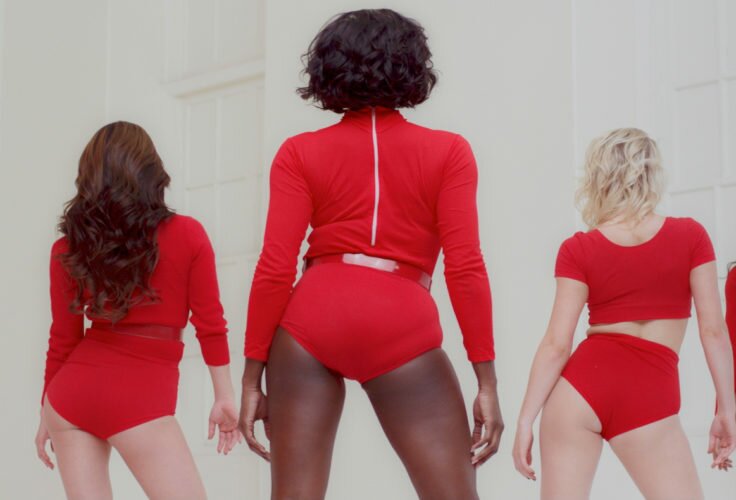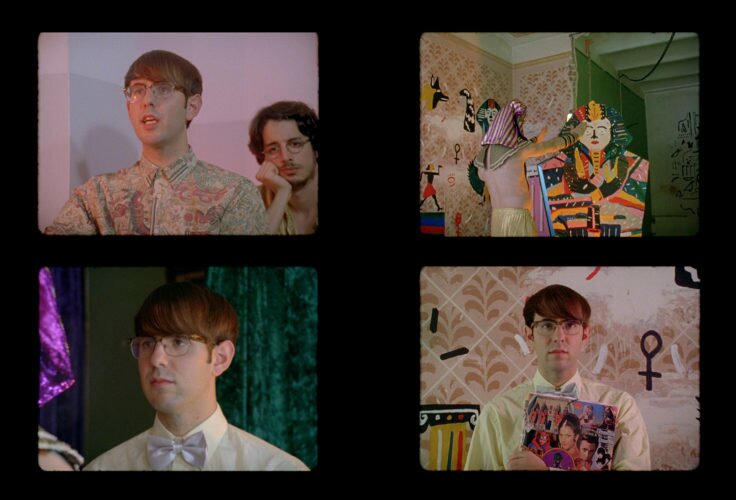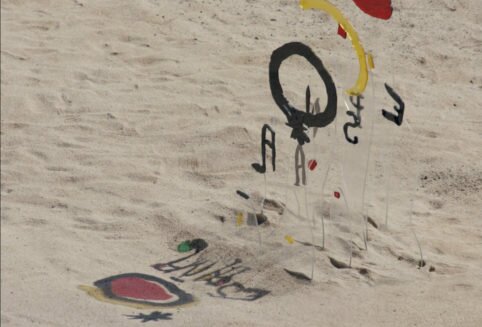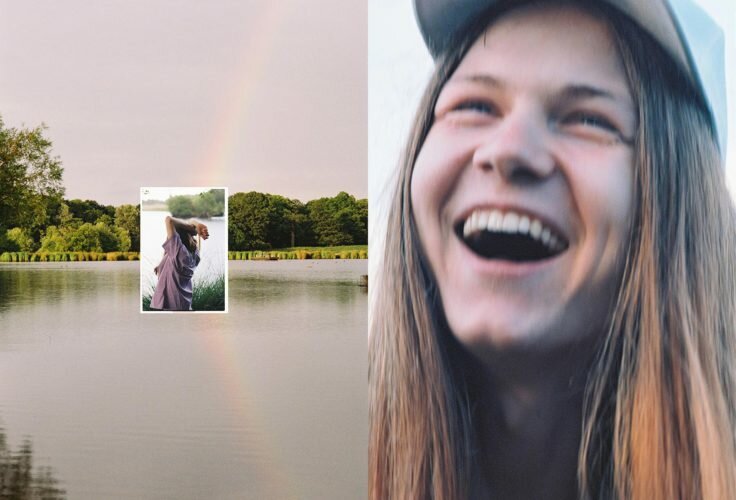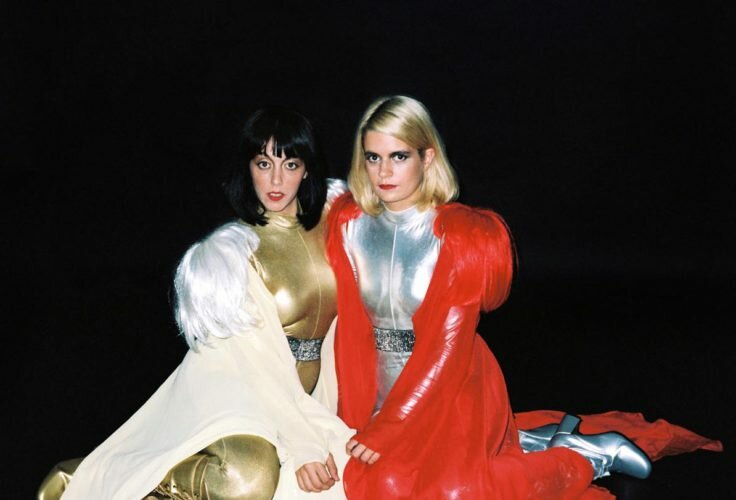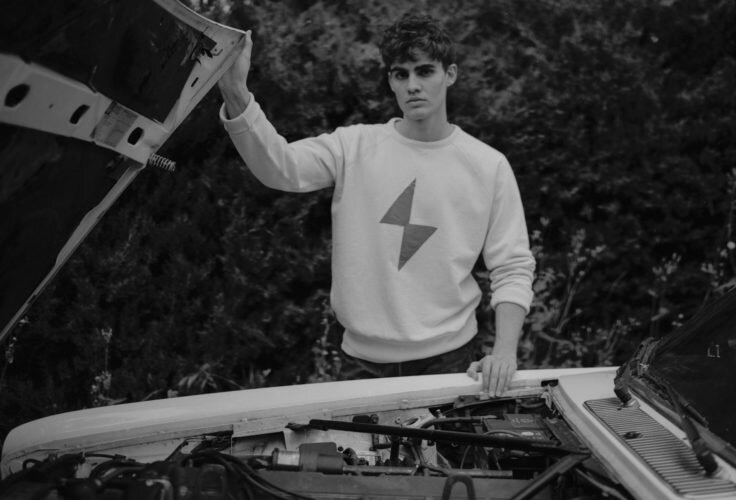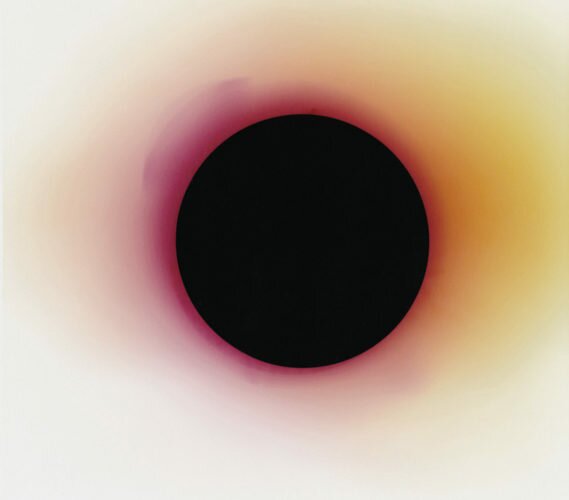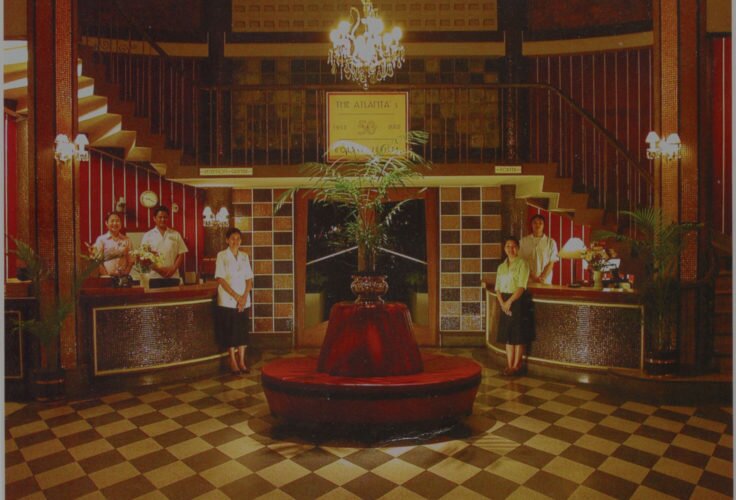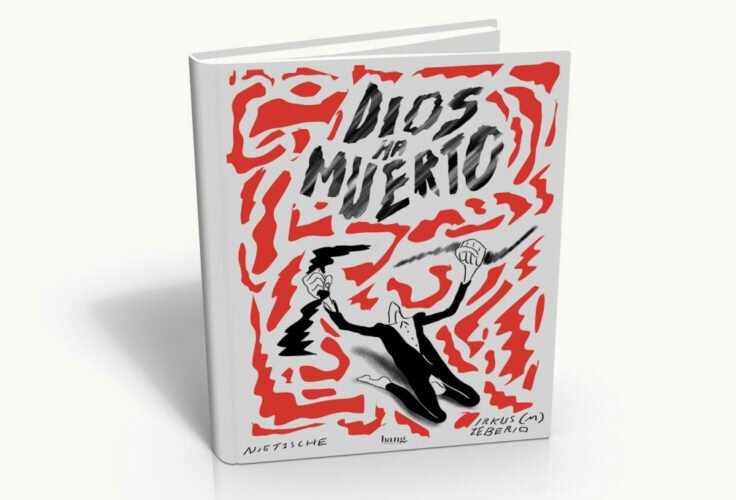During their holidays, people read more about… holidays. Gerard Casau describes a route through the land of the rising sun with a musical excuse: Japan’s record shop map.
On how we learned to
Anyone who has ever seen Blue Velvet will remember the moment in which Kyle MacLachlan and Laura Dern, as not-so-innocent Jeffrey Beaumont and Sandy Williams, go to the Slow Club to see Dorothy Vallens’ performance, played by Isabella Rossellini, whom they’re spying. David Lynch presents the couple already inside the venue, making a toast (JEFFREY: “You like Heineken?” – SANDY: “Well, I’ve never really had a Heineken before, my dad drinks Bud” – JEFFREY: “King of beers”) to immediately shift to the disturbed/disturbing singer, who performed Blue Star (a song that Lynch and Angelo Badalamenti created exclusively for her) and, of course, Blue Velvet. What we didn’t know is that Sandy and Jeffrey had been already waiting at the concert venue for a while. Would we have arrived at the same time as them, we would have been able to closely observe the façade of the building and also its interiors, more like a road motel’s than a decadently glamorous club with thick red curtains. We would have also witnessed the two acts that came before Vallens. One of her supporting acts is an out-this-world overweight stand-up comedian who performs accompanied by an odalisque, a wrecked guitar player and an unusually over-excited drummer, while, at the back, some posters represent a kind of allegory on the chicken or the egg dilemma. Another show consists in… a dog eating from his own plate (¡!) for several very long minutes, a performance that Sandy and Jeffrey watch with respectful (and hence hilarious) attention.
We know all this now thanks to the rejected scenes featured in Blue Velvet‘s Blu-Ray edition. As it’s customary with Lynch, discarded material sheds some light over areas that the author later on chose to leave in the dark. They can be relatively easy dramatic modulations –introducing Sandy in her house would have been much less suggestive than the entry scene in the final cut, where she emerges from the dark after a few seconds–, or details that make the characters’ nature far too explicit –in the first minutes of the film we would have seen Jeffrey spying an attempted rape in his college basement, a scene that would have made clear the voyeurism and perverted ambiguity of the character, foreshadowing the key moment in which he enters Dorothy Vallens’ wardrobe to witness the vexing ritual she shares with Frank Booth/Dennis Hopper–. But the eliminated fragments from the Slow Club are of a different nature: they don’t add anything to the plot, or have to do with any characters at all. Their apparent gratuitousness only talks about David Lynch’s cinematographic vision; a personality that the audience (and himself) were back then just beginning to discover.
By
Gerard Casau

Isabella Rossellini: Lady sings the blues.

Kyle MacLachlan: I spy.

Dennis Hopper and Isabella Rossellini: Forbidden games.
Let’s put it this way: beyond the surprise of discovering new corners of an oeuvre that most of us thought we knew by heart, today we can fit these sketches with ease and even joy, since we recognize in them the type of humour that would emerge in the author’s later works. But should they have been preserved in the film’s final cut, what would the audience that watched it on its premiere have thought of them? In 1986, were we ready to laugh with David Lynch?
Obviously, Blue Velvet is full of details we could label as bizarre, but the linear character of its narrative doesn’t allow for any of the asides and parenthesis that would soon after start to characterise the director’s style. That’s why the film’s “B-sides” can be understood as a test tube for the humour he would develop in Twin Peaks and Wild at Heart (or even before, in 1988’s short film The Cowboy and the Frenchman, his first purely humorous work), or else as somewhat eccentric accessories that, last minute, Lynch considered not appropriate for a first date.
Because, despite Blue Velvet being his fourth film, it wouldn’t be far-fetched considering it his first, or at least the first really his own. Yes, it is possible that the marginal and unrepeatable conditions under which he created Eraserhead made it a more authentic film. But I doubt that, at the time, his author was really conscious he was making a film. I get the impression that he simply dramatized his unease as a series of images in motion, instead of rendering them on a material canvas, as was (and still is) his usual way. And, in an unexpected turn of events, the cult that his debut granted him opened the doors of the film industry for him: Elephant Man and Dune were filmed taking as a base other people’s works, with which he learned the good way (in the case of John Merrick’s biopic) and the bad way (if we talk about the failure of his adaptation of Frank Herbert’s novel) the ins and outs of what seemed to have become his profession (what would have happened should Lynch have accepted George Lucas’ proposal to direct The Return of the Jedi?). However, Blue Velvet was something else: it represented the Montana-born author’s will to reconcile conventional cinematographic language and production structures with visual ideas and textures he found stimulating.
With Blue Velvet, David Lynch’s world opens up to a myriad of things: colour (OK, that was already present in Dune, but the galactic epic film’s chromatics weren’t to be continued in Lynch’s filmography as the intensity of Lumberton’s red and blue, photographed by Frederick Elmes); rock and pop (Bobby Vinton, Roy Orbison, Chris Isaak…); a twisted distillation of fifties aesthetics; injured and mutilated bodies… The film also supposes the first appearance of names that more or less have been linked to his career: Laura Dern, Isabella Rossellini, editor Duwayne Dunham, design producer Patricia Norris, casting director Johanna Ray, Julee Cruise’s voice… and, above all, the music of Angelo Badalamenti. He was hired, at the beginning, to give Rossellini singing lessons, but the director ended up asking him to compose the film’s soundtrack, of a dark romantic nature closer to Bernard Herrmann and Shostakovich than to the subsequent sinewy collaborations between composer and filmmaker.
Despite Blue Velvet being his fourth film, it wouldn’t be far-fetched considering it his first, or at least the first really his own
In the same way that Badalamenti and Lynch were still getting to know each other, in Blue Velvet director and audience were also breaking the ice. Three decades after, we see on it (almost) all the features characterizing its author, but the things he added to give the film an “enclosed” feel appear today as a kind of police cordon prohibiting the entry to the dark wet rooms we would love to visit.
Do not understand this as a reproach, though: when I saw Blue Velvet for the first time, as a teenager, it instantly became my favourite film. The colour, the music, the mystery… represented EVERYTHING that, at the time, I wished to find in films. Now I still find it amazing, but it’s no longer the Lynch film I revisit the most. That has to do, I think, with the fact that what attracts me from the author of Mulholland Drive is his way of displaying a maze of possibilities. I want to see him opening lost highways, not riding towards a pre-defined closure. Because even if its “happy ending” includes all the spite and double entendre you want, it still contains and makes palatable everything we have witnessed.

The colours of an American garden.

Isabella Rossellini and David Lynch.
Still, no one can deny Blue Velvet was the first capital city of Lynchland. And still today I think it’s the best way to access the author’s filmography. No matter how much I adore Twin Peaks: Fire, Walk With Me and INLAND EMPIRE, I’m aware that they are his most controversial works, and if you end up watching them with no previous preparation they might become traumatic. Instead, Blue Velvet is the film that gets our eyes used to Lynch, adjusting them to his perspective and convincing us that finding a severed ear in the middle of a field can be something beautiful. Or to put it another way: it’s the film in which David Lynch teaches us to dance to his beat, preparing the ground to drop us .

Still life.

A cut ear as cover letter.
